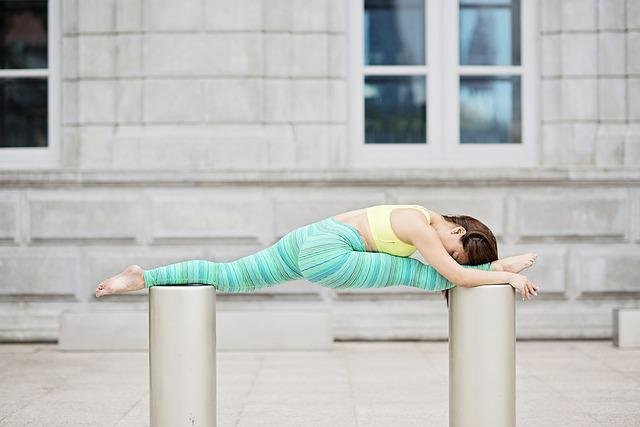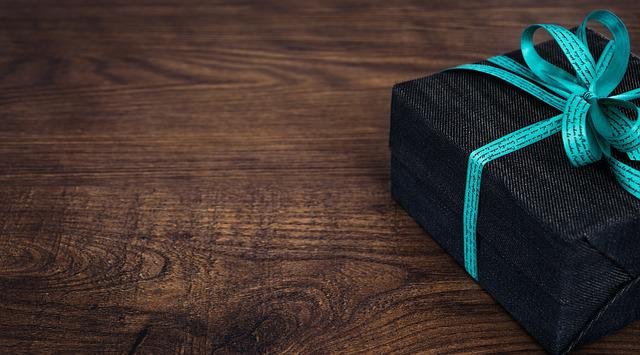Welcome readers to this comprehensive guide on textured peel and stick wallpaper! In this blog post, we’ll delve into its many advantages for a DIY enthusiast or design enthusiast looking to transform their living space, using this easy solution textured peel and stick wallpaper can provide. Let’s discover its wonders together.
What is Textured Peel and Stick Wallpaper?
Textured peel and stick wallpaper is a self-adhesive wallpaper option designed for easy application and removal without glue or water, making it one of the most sought-after wallcoverings today. Thanks to its ease and versatility, textured peel and stick wallpaper has become an increasingly popular choice over recent years, becoming increasingly popular due to its convenience and variety of textures such as brick, wood grain and fabric-inspired patterns that offer endless ways to add depth and character to walls.
Textured peel and stick wallpaper was designed to replicate the appearance of real materials, offering an authentic yet visually appealing alternative to traditional wallpaper. From creating an industrial loft feel with brick texture walls, to adding rustic charm with wood grain patterns – textured peel and stick wallpaper has got you covered!
Why Select Textured Peel and Stick Wallpaper?
There are multiple reasons that textured peel and stick wallpaper is such a popular choice among both homeowners and interior designers alike. First of all, its straightforward installation process makes it accessible to any DIY enthusiast regardless of experience level; unlike traditional wallpaper, there’s no messy glue or water needed – saving both time and effort! Simply peel off the backing and adhere the wallpaper directly onto the wall!
Textured peel and stick wallpaper is extremely flexible. You can apply it to virtually any smooth surface – such as walls, furniture and appliances – easily transforming an entire room quickly and affordably. Furthermore, its creative possibilities open up endless opportunities; try different textures and patterns until you achieve your desired look!
Peel and stick wallpaper can be an ideal option for renters or people who frequently change the decor in their space, as it can easily be removed without leaving behind residue or markings on your walls. It provides an economical and temporary way of injecting personality and style into any room!
Preparing for Installation : Before installing textured peel and stick wallpaper, it is crucial to first properly prepare the surface to ensure an easy and long-term installation process. Begin by thoroughly cleaning the wall to eliminate dirt, dust and grease which might impede adhesion – use mild detergent/water solutions or gentle cleanser as appropriate and allow it all to dry completely before continuing.
If there is existing wallpaper or paint on the walls, it is recommended to remove them in order to create an even surface. Use a scraper or putty knife to gently peel off old wallpaper or scrape away loose paint; lightly sand the wall if necessary to create an even texture; once this step has been completed you are ready for step two.
Measuring and Cutting : Accurate measurements are key for creating enough wallpaper to cover all your walls without waste. Start by measuring each wall you plan to cover, adding extra inches for any potential mistakes during installation or last minute adjustments.
Once you have your measurements, you can calculate how many wallpaper panels will be required. Most textured peel and stick wallpaper comes in standard-sized rolls or panels which can vary in width and length; divide your wall width by the width of each wallpaper panel to calculate your needs – round up for safety’s sake!
Once you have the required number of panels, it’s time to custom cut them to suit your space. Lay each one flat on a clean surface, using either a sharp utility knife or scissors, to trim off excess material. Ensure straight cuts for an attractive appearance once installed onto walls.
Install Textured Peel and Stick Wallpaper
Step-by-Step Installation Process for PCs and Servers
Now comes the fun part – installing your textured peel and stick wallpaper! Follow these step-by-step instructions for a professional-looking result:
Starting Right: Aligning the First Panel – Begin by peeling away a small portion of the backing at the top of the first wallpaper panel, aligning its top edge with that of your wall to ensure it is level. Next, slowly peel away more backing while smoothing it onto your wall with each pass – using either a squeegee or clean cloth to eliminate air bubbles or wrinkles as you go.
Pro Tip: If your wallpaper panel is wider than your wall, lightly overlap its edges for a seamless finish and trim any excess off later to ensure seamless execution.
Maintaining Precision by Attaching Subsequent Panels – Continue installing the remaining wallpaper panels by carefully aligning their patterns or textures so they create a uniform appearance. As you work your way down the wall, ensure each panel closely corresponds to its predecessor for an appealing result.
For corners or edges, wallpaper will likely need to be cut down to fit precisely. Take precise measurements before cutting your wallpaper and smoothing away any extra material using either a squeegee or your fingers.
Troubleshooting Tips A. Handling Wrinkles or Bubbles – While installing wallpaper, you may encounter air bubbles or wrinkles. Don’t panic! There are simple solutions available to address these common problems. If you notice an air bubble or wrinkle on the wallpaper, simply gently lift and smooth out using either a squeegee or your fingers; start from the center and push towards its edges to release any trapped air before smoothing it out with either of these methods. Alternatively, use a pin to create a small hole to release trapped air before smoothing it out again.
Wrinkles can also be addressed using the same approach. Use a squeegee or clean cloth to smooth out wrinkles from the center, moving towards the edges. Apply gentle pressure while smoothing to ensure proper adhesion between wallpaper and wall surface.
Removing or Repositioning Wallpaper – If you need to remove or reposition textured peel and stick wallpaper without damaging the wall, this can be done safely. Begin by gently lifting one corner and slowly peeling away, applying heat if necessary and/or heating with a hairdryer as necessary to make removal easier. Just take your time and be patient; anything unexpected could arise!
If you want to reposition wallpaper, make sure the surface is clean and dry before applying it again. Make sure the adhesive remains tacky enough so it adheres securely to the wall, smooth out any air bubbles or wrinkles as you go for a seamless result.
Textured peel and stick wallpaper is an absolute game-changer when it comes to interior design. Thanks to its simple installation process, versatility, and temporary nature, textured peel and stick wallpaper makes an excellent option for both homeowners and renters. From creating cozy brick accent walls to elegant wood grain patterns – texture peel and stick wallpaper offers endless opportunities for transforming living spaces! Make sure to thoroughly prepare the surface prior to installation, measure and cut the wallpaper accurately, and carefully follow step-by-step instructions for an easy application process. If any issues arise such as bubbles or wrinkles don’t worry as there are simple troubleshooting techniques that will help!
So unleash your creative side and discover the world of textured peel and stick wallpaper. Thanks to its ease and versatility, you can quickly transform any room into an inviting atmosphere.





 No products in the cart.
No products in the cart. 